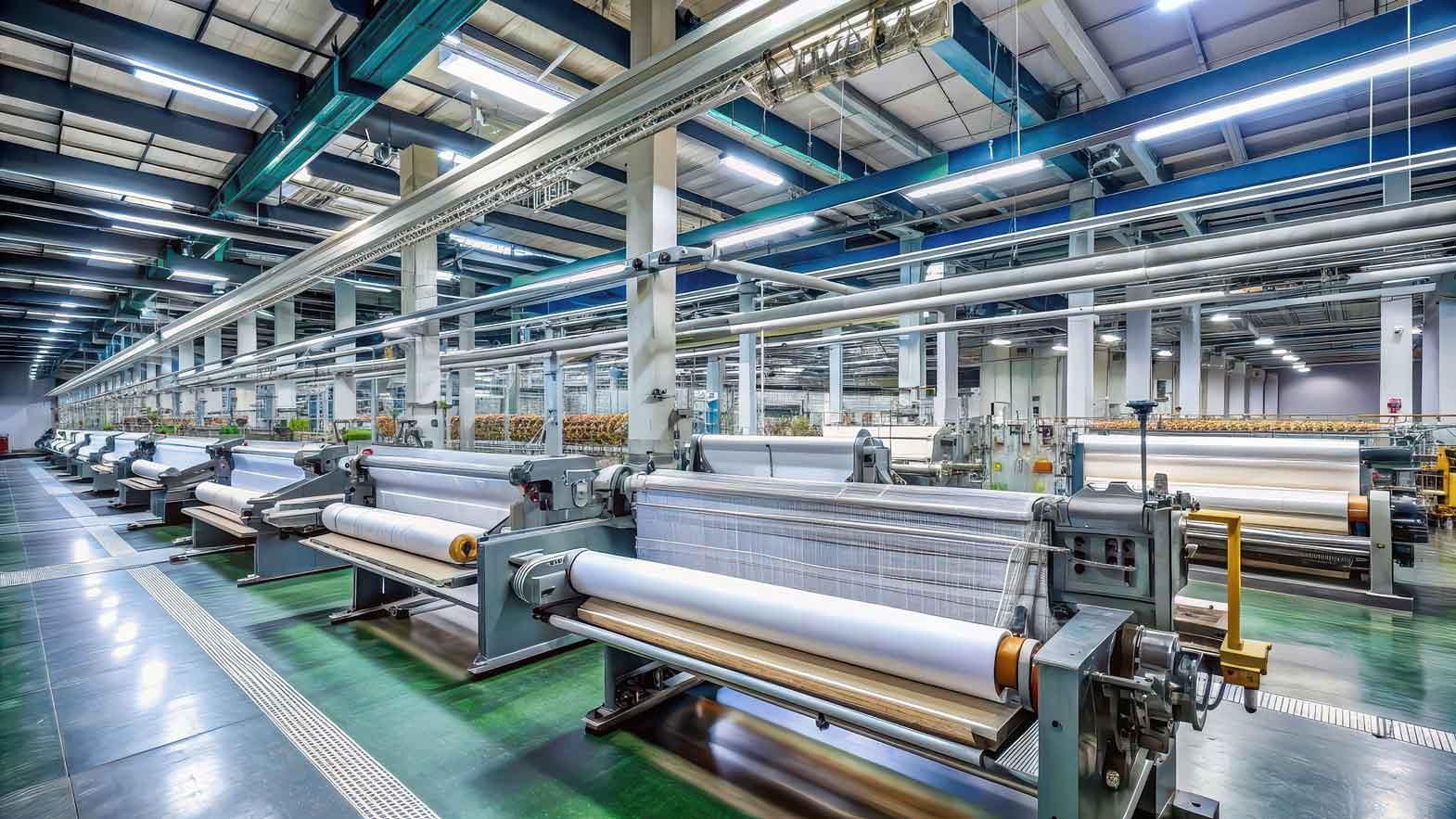In the air jet loom, a jet of air is projected across the shed forcefully, that takes the filling yarn to the other side i.e. a jet of air is used to propel the weft yarn through the shed at speeds of up to 600 ppm. To make fabrics on this latest type of looms available in the marketplace today, one needs to use uniform weft yarns. Though heavier yarns are suitable for air jet looms, lighter yarns are very difficult to control through the shed. It has also been noticed that two heavy yarns also can't be carried across the loom by air jet. Despite these limitations, air jet loom can produce a wide variety of fabrics.
A device 'Maglev System' when attached to an air jet loom can do wonders and can help overcome limitations.
Once we replace airjet system in the Loom with FOR-Maglev system, there is no need of air for weft insertion, which in turn, saves substantial amount as there is no need of compressed air which is costlier source of energy. Even this device can be applied to other shuttle or shuttle less looms that work with the aid of shuttle, projectile or water. Further, with the use of this system it is possible to feed weft yarn from both sides.
Magnetic Levitation (Maglev)
The meaning of Levitation is to raise or float against the gravitational force. So, Magnetic Levitation is understood as a raise made using magnets or magnetic field.
Concept
The basic concept of magnetism i.e. like poles repel and unlike poles attract, is the basic principle of Maglev. The electric current supplied to the coils in guide way walls is constantly alternating to change the polarity of the magnetized coil. This change in polarity is used to pull the FOR-Magnet forward and push from backside.
Picture explanation
Step 1: The North Pole at position 4 pulls the FOR-magnet carrying yarn front due to attraction of unlike poles and the North Pole at position 2 pushes the FOR-magnet front due to repulsion of like poles. South Pole also does the same. So the FOR-magnet moves forward.
Step 2: While moving forward if the pole does not change, then it will push the FOR-magnet backward and there will be no motion experienced. So, at step 2 the polarity of the coils in the guided walls changes. By doing so the FOR-magnet is again pushed forward making a complete motion.
FOR-Maglev reed:








Comments